
Exciting new series on “Voice, Body and Movement for Lawyers – How to connect with the jury and find Justice Through Dramatic Technique!”
Click here to find out more
The purpose of this course is to provide a primer about joint ventures. First, what they are and why they formed. Next, the course will explain the antitrust implications of joint ventures, via examination of the relevant statutes, case law and agency guidelines. The course will focus on restraints imposed collectively on the venture members - - most importantly, what attributes make them illegal or not.
The course then turns to a previously published examination of a series of joint ventures: Wall Street syndicates for private underwritings in excess of $100 million. The course notes that a small oligopoly of commercial and investment banks dominates the arranging and underwriting of loans and bonds for publicly traded companies, and that each underwriting is performed by a syndicate that constitutes a joint venture of competitors. Further, that each syndicate requires the borrower to agree not to disclose the syndicate’s fee, an obligation that requires not just violation of the securities laws, but constitutes a price-related restraint of each joint venture at issue. The course concludes that the series of price-related restraints compelling price confidentiality impacts the market for the fees in question by preventing customers to compare them, or show them to competitors in fee negotiations.
A quote of interest from the underlying Article, explained in more detail during the seminar:
“One leading securities law expert has opined that ‘the failure to file these agreements suggests that it is the ‘custom and practice’ of Wall Street banks to violate the securities laws by directing customers to keep documents relating to their fees confidential”.
Also, on reviewing the article, the authors of a 2020 Article , “Collusion in Markets with Syndication,” commented that “[t]his is great. It seems like the fees are known internally through the network of banks, so they can monitor compliance with the collusive agreement, but not known externally, so it is hard for a new entrant to figure out the best way to undercut the collusive agreement.”

The statistics are compelling and clearly indicate that 1 out of 3 attorneys will likely have a need...

MODERATED-Attorneys may offer a crucial role in discussing advance (end of life) care planning optio...
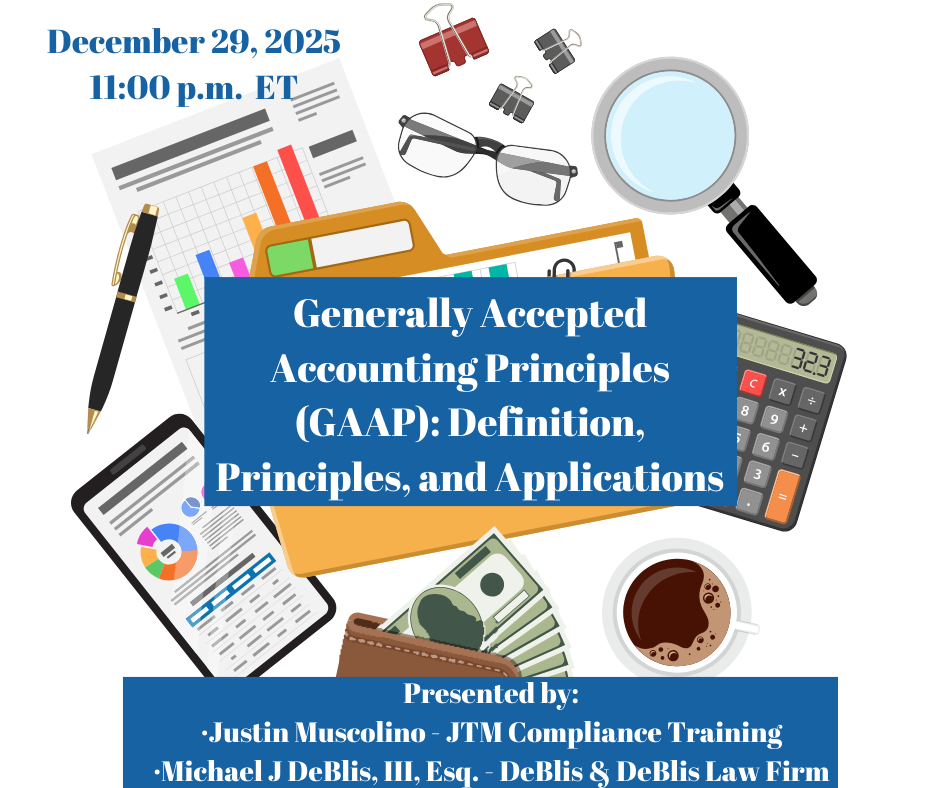
Designed for legal practitioners, this session explains the structure and purpose of GAAP through a ...
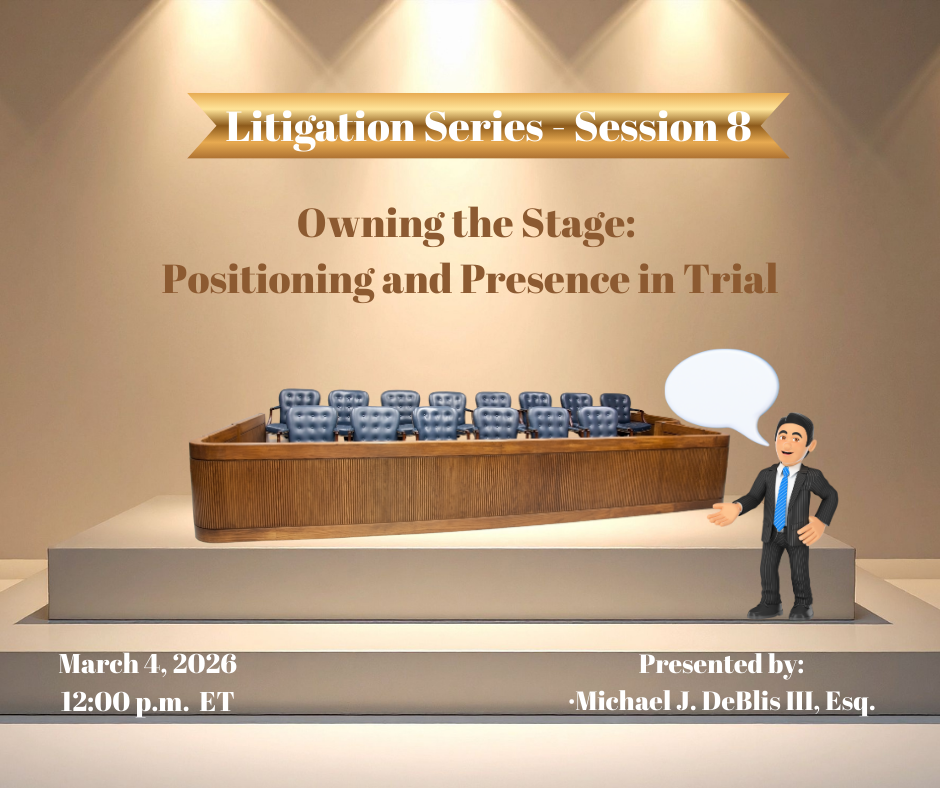
This presentation explores courtroom staging—how movement, spatial awareness, posture, and pre...
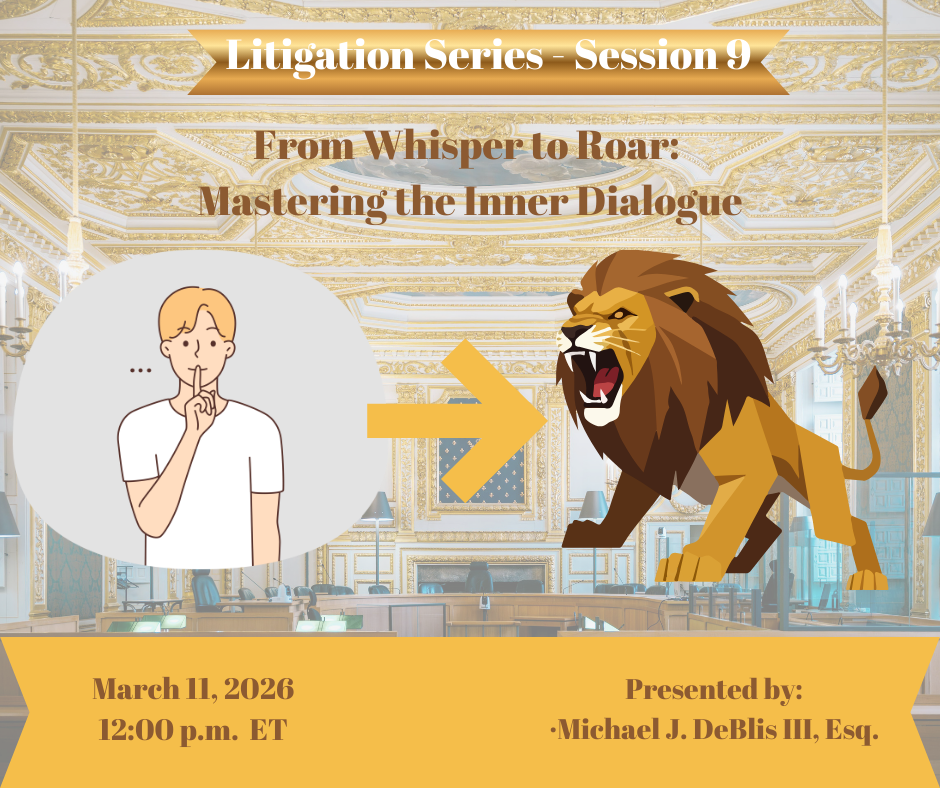
This program focuses on overcoming the inner critic—the perfectionist, self?doubting voice tha...

This CLE program examines attorneys’ ethical duties in managing electronically stored informat...
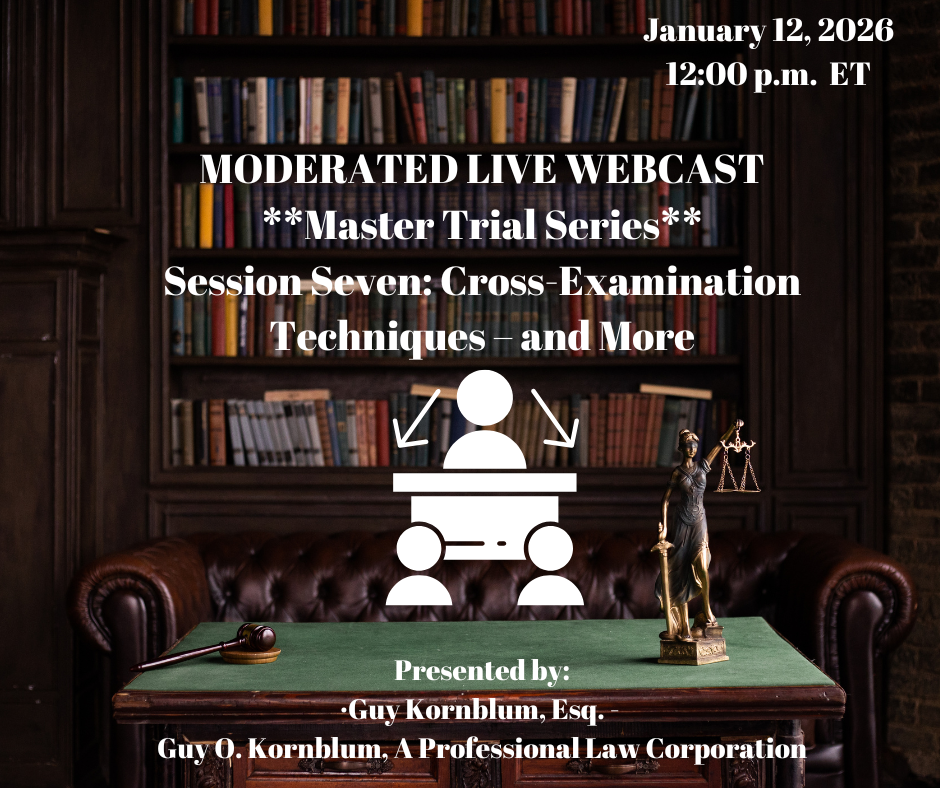
MODERATED-Session 7 of 10 - Mr. Kornblum, a highly experienced trial and litigation lawyer for over ...
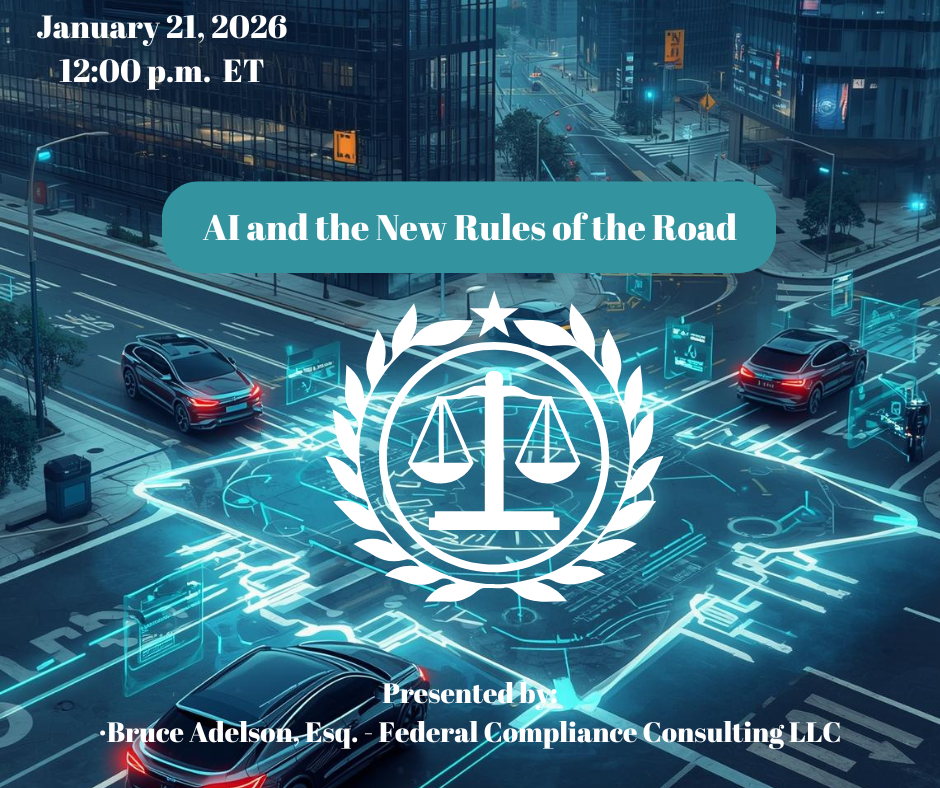
AI tops the news seemingly every day. The technology is growing in use and application as lawyers, c...

Food, sex, exercise – all may involve a variety of commonly enjoyed experiences that are healt...

This presentation teaches attorneys how to deliver memorized text—especially openings and clos...